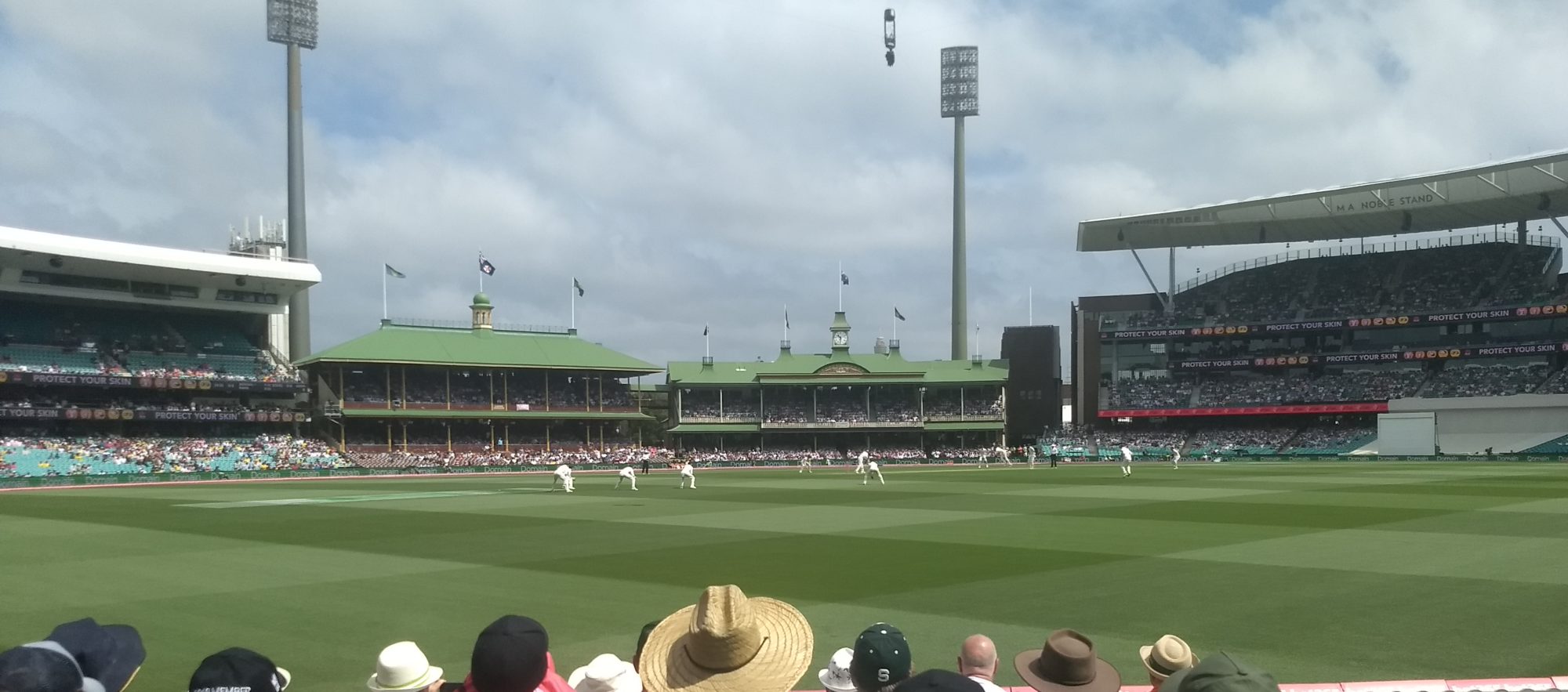Recently an email arrived in my inbox from the World Baseball Softball Confederation. It was telling me all about a new logo for the Under-12 Baseball World Cup. They’re playing in Taiwan this July, twelve teams, every continent represented. It’s the fourth time the WBSC has staged this biennial global event for the world’s best 11 and 12 year-old baseball players.
Just over three months ago, Papua New Guinea played host to the FIFA Under-20 Womens World Cup. Sixteen nations competing over a fortnight in four stadia with a full house for the final.
Cricket, meanwhile?
No thought of international under-12 competition, let alone anything resembling a Little League World Series. Players in the last global under-15 tournament would be 32 this year. Age-group womens events are not even a blip on the horizon, and only in the past year has PNG had even one cricket arena of sufficient standard to host international games on home soil.
The World Cricket League has contracted from eight divisions to five. Global qualifying tournaments for the Under-19 World Cup have been dispensed with. The ICC’s flagship event – the men’s 50-over-per-side World Cup, has (after much resistance) been reduced to a ten-team round-robin in 2019 at the insistence of media rights holders, scared of letting lesser quality teams dilute their compelling TV content.
While baseball and softball went to enormous lengths to restructure their organisations to win re-entry to the Olympic Games, cricket still murmurs occasionally how nice it would be to take part, and then does nothing about it. Cricket appears set to be cut from the Asian Games in 2018 while the prospect of even a women’s event in the Commonwealth Games looks shaky with the axing of Durban as 2022 host city.
Since the International Cricket Council’s controversial revenue-sharing restructure in 2014, which essentially shared revenue back towards the three wealthiest members (India, England and Australia), international cricket competition has actually gone backwards on a global scale.
This year, the ICC was making serious noises about reversing that outrageous financial model skewed in favour of “The Big 3”. Those moves have been placed in jeopardy following the sudden resignation of ICC Chairman Shashank Manohar, who had been a fearless champion of ICC reform. Whatever the circumstances of Manohar’s departure – and the chronological order of events in the preceding days does raise some eyebrows – all will not be lost provided the ICC can find a strong independent chair to take Manohar’s place.
Outcry that the ICC is about to strip India dry of much-needed money is both wrong and laughable. What ever the revenue sharing model finally settled by the ICC, there is no doubt that India is entitled to the largest proportionate return, on the basis of its participant population (players and support volunteers of various nature) and on the size of its economic input to the sport.
The question, and perhaps haggling point, is how much that return should be. However, there can be no doubt that India will, and must, be a nett exporter of revenue to the ICC if the sport of cricket is to be a mature leader on the world stage. As a developing global sport it still has a long way to go.
The BCCI’s committee of administrators, now as much as ever, has a fiduciary duty to its board and its members to negotiate the fairest deal for itself with the ICC. But it also has the responsibility to accept its place in the world and get on with improving the productiveness of its own, often dysfunctional, organisation. Indian cricket won’t go broke unless its own administrators are so incompetent as to let that happen.
